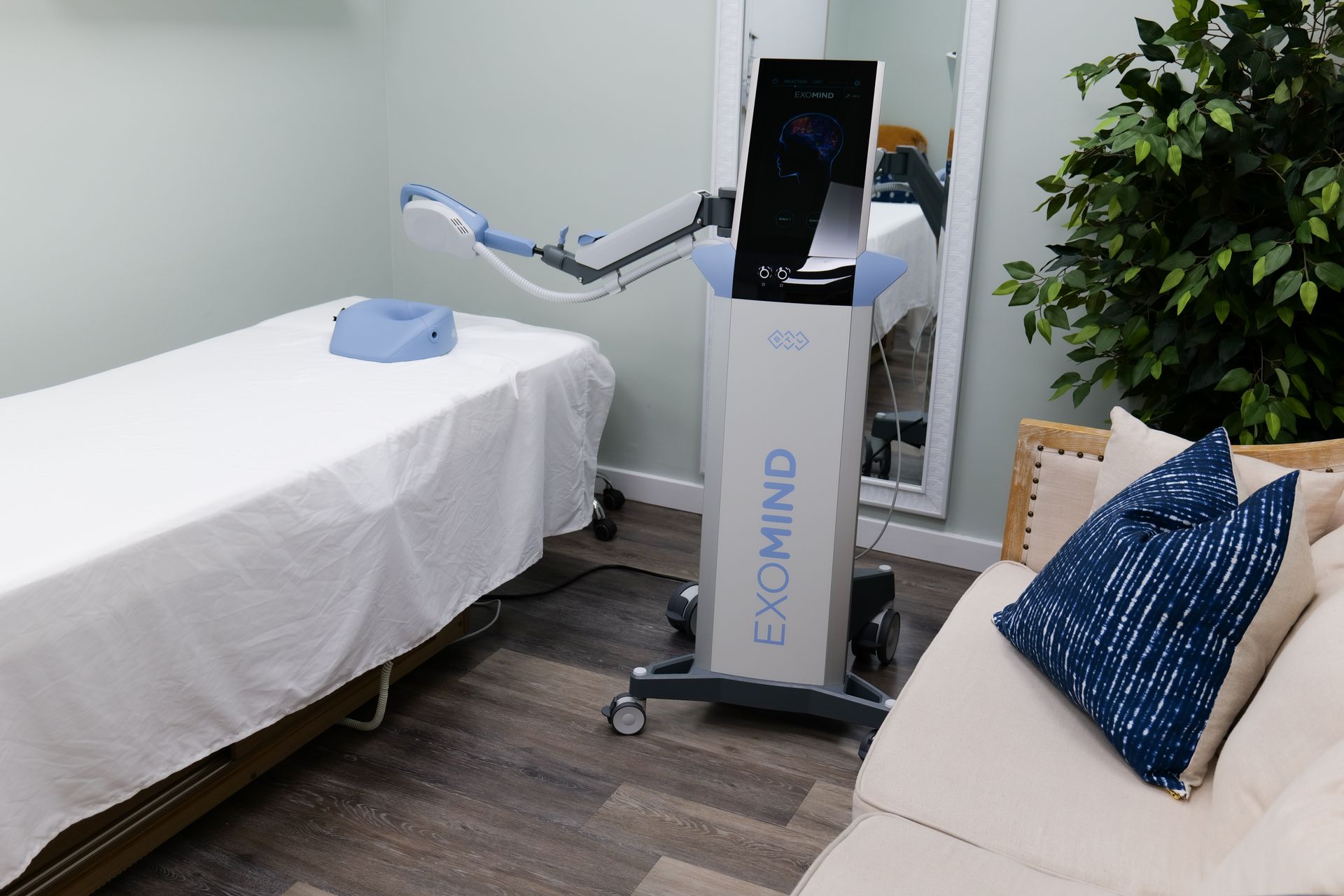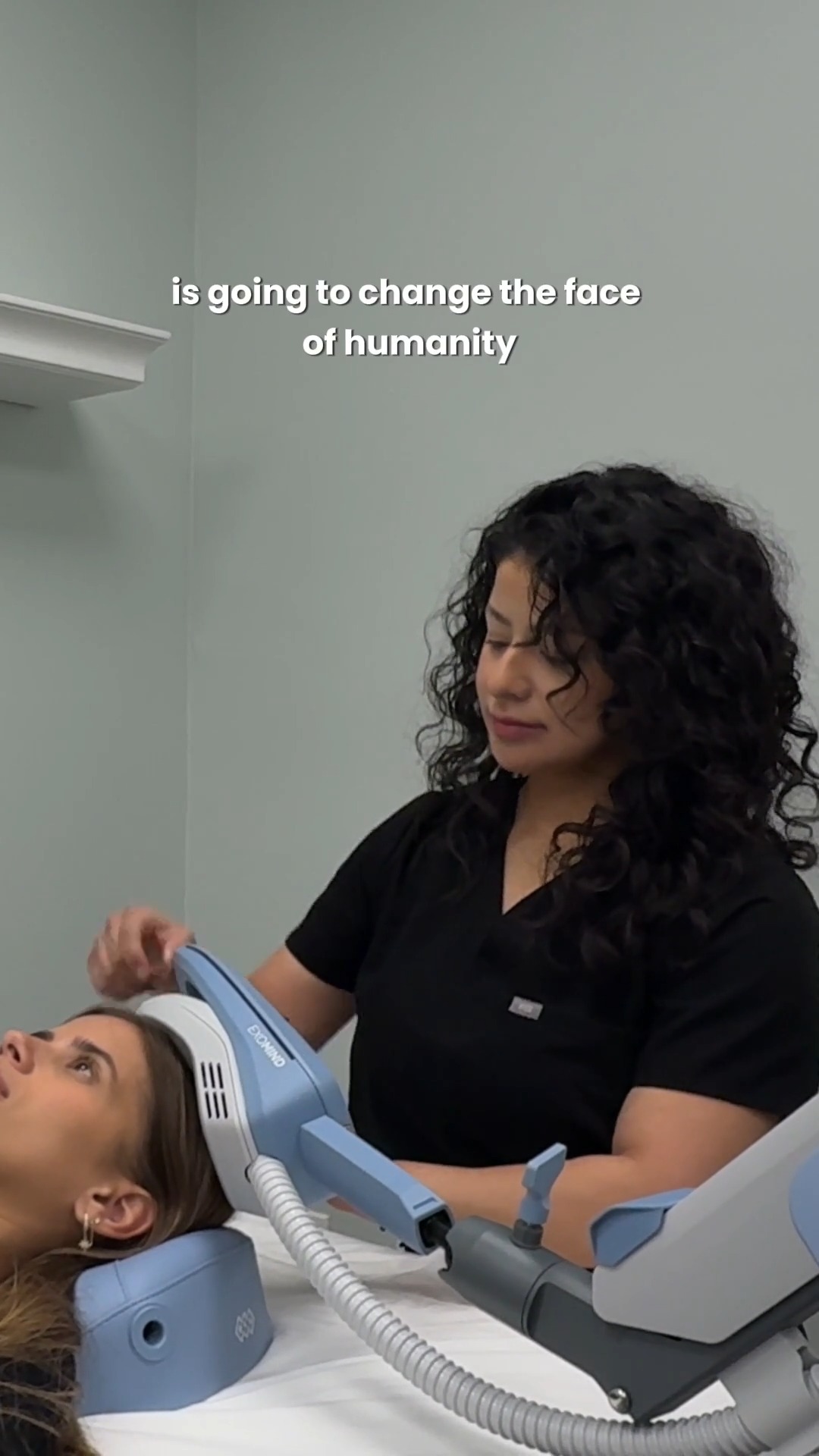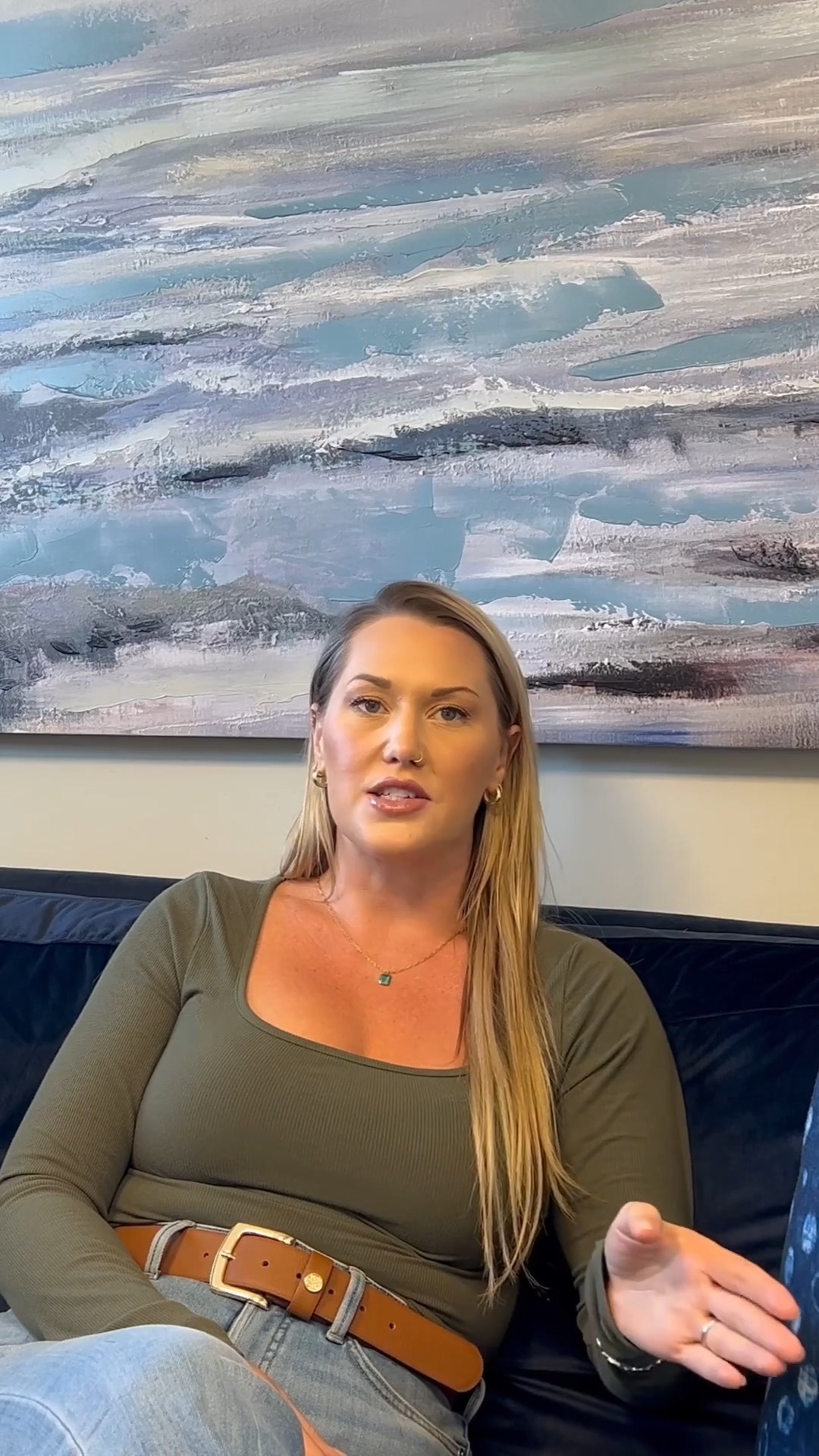The Real Talk About TMS: Why I Address the Critics Head-On
June 26, 2025
I Address the Critics Head-On

I get it every week. Sometimes every day.
An email from a colleague. A comment at a medical conference. A patient who's done their research and comes in with a list of concerns pulled from forums and Facebook groups.
"Dr. Nanos, I've been reading about TMS, and people are saying it's not really a cure."
"My psychiatrist says it's experimental."
"Insurance won't cover it, so it must not be proven."
And you know what? I'm glad they bring it up. Because the last thing I want is for someone to walk into my office feeling like they have to pretend everything is fine with a treatment that could change their life.
I've been doing this for over twenty years. I've seen what happens when we don't have these conversations. When we gloss over the hard questions. When we make promises we can't keep or avoid acknowledging real limitations.
So let's talk about it. All of it.
"TMS Isn't a Cure"
This one comes up constantly, and here's the thing—it's true. TMS isn't a cure. And neither is anything else we have.
Lexapro isn't a cure. Zoloft isn't a cure. Therapy isn't a cure. Even the lifestyle changes I recommend—exercise, sleep, meditation—none of those are cures either.
But here's what I tell patients when they bring this up: we're not looking for a cure. We're looking for your life back.
Last month, a woman sat in my office and said, "I don't need to be happy all the time. I just want to stop feeling like I'm drowning." That's what TMS does. It gives your brain the capacity to function the way it's supposed to. To feel sad when something sad happens, but not stay stuck there for months. To worry about real things, not everything all at once.
I had a patient—a teacher—who told me after her ONE-DAY protocol, "I'm not suddenly jumping out of bed singing show tunes. But I wake up and think, 'Okay, what's today about?' instead of 'How am I going to survive the next twelve hours?'"
That's not a cure. That's restoration. And sometimes, that's everything.
The Access Problem: Why I Created the ONE-DAY Protocol
The access criticism hits different because it's absolutely valid. Traditional TMS is a nightmare for most people. Thirty-six sessions over six weeks. Every single day. For an hour. Plus travel time. Plus waiting room time.
If you're a single parent, forget it. If you have a job that doesn't offer unlimited sick leave, forget it. If you live more than an hour from a clinic, forget it.
I remember sitting with a patient three years ago—a nurse, actually—who was crying in my office because she couldn't make the traditional schedule work. She was taking care of her elderly mother, working twelve-hour shifts, and battling depression that was getting worse every month. "I feel like I'm being punished for having responsibilities,"
she said.
That conversation changed everything for me. Because she was right. We had created a system where you needed to be privileged to get better. You needed flexibility and resources and support that most people simply don't have.
That's when I started researching accelerated protocols. That's how the KIND ONE-DAY TMS Protocol was born. Same science. Same total dose. One day instead of six weeks.
Is it intense? Yes. But it's also liberating. You come in on a Saturday morning and leave that evening. You take one day off work instead of six weeks. Your life doesn't have to stop for your healing to start.
And the insurance piece—that's the most frustrating part. Insurance companies love precedent. They hate innovation. Traditional TMS has decades of data, so they cover it. Our accelerated approach has the same neuroscience foundation, often better outcomes, and definitely better accessibility, but it's "too new" for them.
So we fight. We advocate. We submit appeals. And we make sure cost never becomes the reason someone can't access care. Because healing shouldn't require a trust fund.
The Medical Skepticism: When Your Own Colleagues Don't Get It
This one gets personal sometimes.
I'll be at a conference, presenting data on our outcomes, and some psychiatrist in the back row will say, "If this magnetic thing really worked, wouldn't we all be using it?"
Or a primary care colleague will pull me aside and say, "Come on, Georgine. Magnetic fields? It sounds like something from a late-night infomercial."
Here's what I want to say to them: Your skepticism is thirty years out of date.
TMS has been FDA-approved since 2008. We have peer-reviewed studies from Stanford, Harvard, Oxford. We have neuroimaging that shows exactly what's happening in the brain. We have biomarkers that change. We have patients who go from suicidal to thriving.
But more than that—and this is where I probably lose some people—I've seen it work. Not in a lab. Not in a controlled study. In my office. With real people. With real lives.
I had a patient last year, a seventeen-year-old who'd been cutting herself since middle school. Three different antidepressants. Two residential programs. Her parents were beside themselves. After our ONE-DAY protocol, she looked at me and said, "I feel like someone turned off the emergency alarm in my brain."
Her mother cried. I cried. Because we all knew we'd just witnessed something that medication hadn't been able to touch.
The brain is electrical. Depression disrupts those electrical patterns. TMS restores them. It's not magical. It's neurological. And the only reason it seems revolutionary is because we've been stuck in a pharmaceutical model for so long that we forgot the brain is more than just a collection of chemical reactions.
When Safety Becomes a Weapon
I hate this one the most.
Someone will read about TMS online and find a forum post about headaches or scalp discomfort, and suddenly they're convinced it's dangerous. Meanwhile, they're taking medications with side effect profiles that read like horror novels.
Weight gain. Sexual dysfunction. Emotional numbing. Withdrawal symptoms that can last months. But those are "normal" because we're used to them.
TMS side effects? Mild headache that goes away in an hour. Some scalp tenderness during treatment. Maybe feeling emotional afterward because your brain is finally processing things it's been avoiding.
I tell patients, "The biggest risk with TMS is that you'll wish you'd tried it sooner."
We've delivered thousands of sessions. Our safety record is impeccable. The seizure risk—which everyone googles and panics about—is 0.1%. That's lower than most antidepressants.
But here's the thing about safety that the critics miss: staying depressed isn't safe either. Staying anxious isn't safe either. Trying medication after medication, hoping something eventually works, isn't safe either.
Safety isn't just about side effects. It's about getting your life back.
The "Alternative Medicine" Label
This one makes me laugh because it's so backwards.
TMS gets called "alternative" while prescribing someone six different psychiatric medications is called "standard care." We have neuroimaging showing exactly what TMS does to the brain, but it's somehow less scientific than throwing Prozac at someone and hoping for the best.
Here's the truth: TMS is precision medicine. We target specific brain circuits. We measure motor thresholds. We adjust intensity based on individual anatomy. We monitor responses in real time.
That's not alternative. That's sophisticated.
What's alternative is continuing to practice psychiatry like it's 1987. Like we still believe depression is just low serotonin and anxiety is just high worry. Like the brain doesn't change and adapt and heal when given the right tools.
Why I Keep Fighting These Fights
I get tired of having the same conversations. Of defending something that's helped thousands of people. Of watching colleagues cling to treatments that half-work while dismissing ones that actually transform lives.
But then I think about Jessica, the teacher who told me she felt like herself for the first time in twenty years after TMS. Or Brian, the engineer who said the fog finally lifted and stayed lifted. Or that seventeen-year-old whose emergency alarm finally got turned off.
And I remember why this matters.
It's not about being right. It's not about proving anything to anyone. It's about the fact that right now, someone is sitting in their car in our parking lot, scared to come in because they've heard TMS isn't "real medicine" or isn't "proven" or isn't "safe."
And that person deserves to know the truth: TMS is real medicine. It's proven medicine. It's safe medicine. And it might just give them their life back.
The critics can keep talking. I'll keep treating patients. Because at the end of the day, results speak louder than skepticism.
If you're tired of treatments that manage symptoms instead of restoring function, let's talk. The
KIND ONE-DAY TMS Protocol
isn't for everyone, but it might be exactly what you've been looking for. Your healing doesn't have to wait for the skeptics to catch up.

Meet the Author
Dr. Georgine Nanos, MD, MPH
Founder of Kind Health Group







